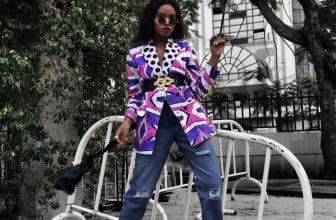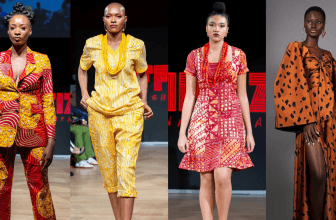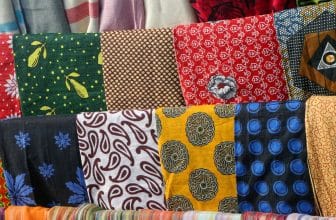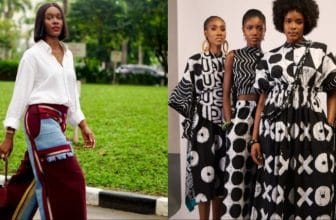Digital Renaissance — How African Designers Are Selling Ankara Online
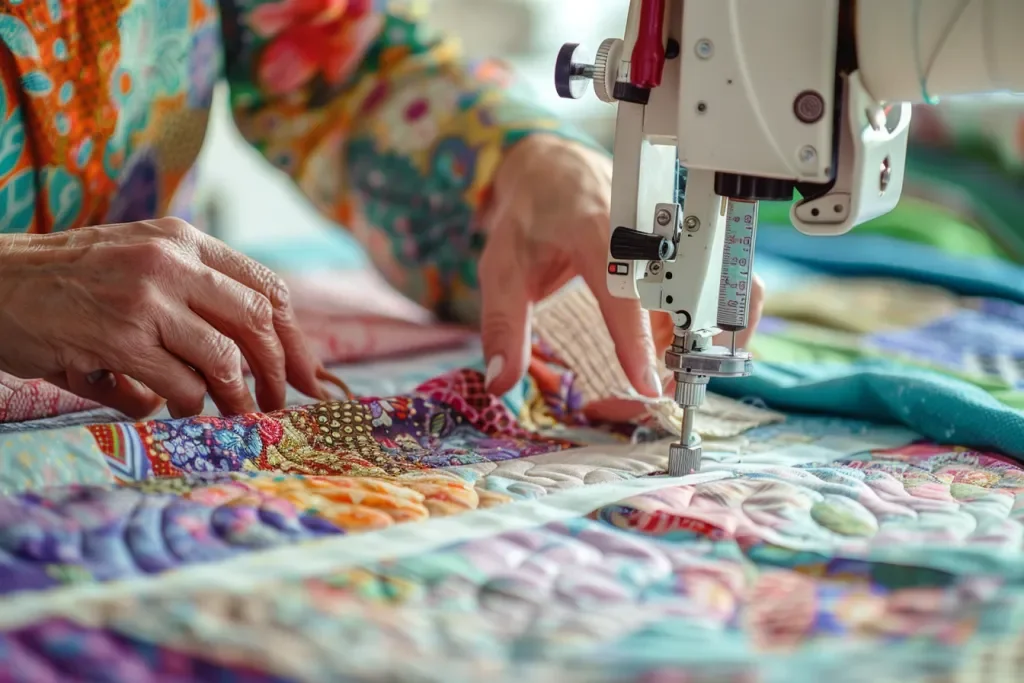
Introduction
The world once discovered African fashion in street markets and open-air stalls.
Today, it’s finding it on Instagram, Shopify, and TikTok.
This is the digital renaissance — a movement led by visionary African designers who are using the internet to sell Ankara to the world.
From Lagos to Nairobi, Accra to Johannesburg, fashion entrepreneurs are proving that African creativity doesn’t need a visa — it only needs Wi-Fi.
1. From Market Stalls to Global Stores
For decades, African designers relied on word-of-mouth and local markets.
Now, e-commerce has broken those borders.
Designers sell directly to customers across London, New York, and Dubai — all from their laptops or smartphones.
Platforms like Shopify, Etsy, and Instagram Shops have become the new Balogun Market — digital spaces where fabrics, stories, and cultures meet.
2. The Power of Visual Storytelling
What makes African fashion thrive online isn’t just color — it’s connection.
Designers are using high-quality visuals, storytelling captions, and behind-the-scenes videos to show their process.
Customers don’t just see a dress; they see the hands that made it, the fabric’s meaning, and the culture behind it.
That emotional connection drives global sales.
3. Social Media as a Runway
Platforms like Instagram and TikTok have become Africa’s new runways.
Hashtags such as #AnkaraStyle, #AfricanDesigners, and #MadeInNigeria connect millions of people every month.
Designers like Lisa Folawiyo, Adebayo Oke-Lawal, and emerging creatives across Africa are gaining international attention — not through fashion weeks, but through consistent digital storytelling.
4. The Rise of E-Commerce Platforms in Africa
New African-owned fashion platforms are emerging every year —
like Zuvaa, DressMeOutlet, and AFRIX, giving local designers global exposure.
These platforms make it easier to showcase Ankara, Adire, Kente, and Batik, reaching audiences that would never visit a physical market.
It’s fashion diplomacy powered by the internet.
5. Challenges and the Future
Shipping logistics, payment gateways, and counterfeit designs still pose challenges.
But technology keeps evolving — fintech tools, local delivery networks, and digital training programs are bridging the gap.
The future of African fashion is digital, borderless, and proudly homegrown.
As one Lagos designer said,
“We no longer wait for fashion buyers to find us.
The world already follows us online.”
Conclusion
The African designer’s dream is no longer confined to local markets — it’s one click away from a global audience.
Every reel, every upload, every digital story adds another thread to the global fabric of African creativity.
This isn’t just business — it’s a movement.
The Digital Renaissance of African fashion is here, and Ankara is leading the way.



